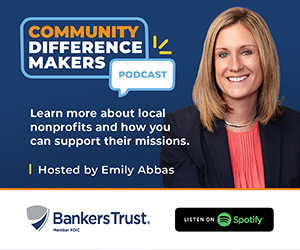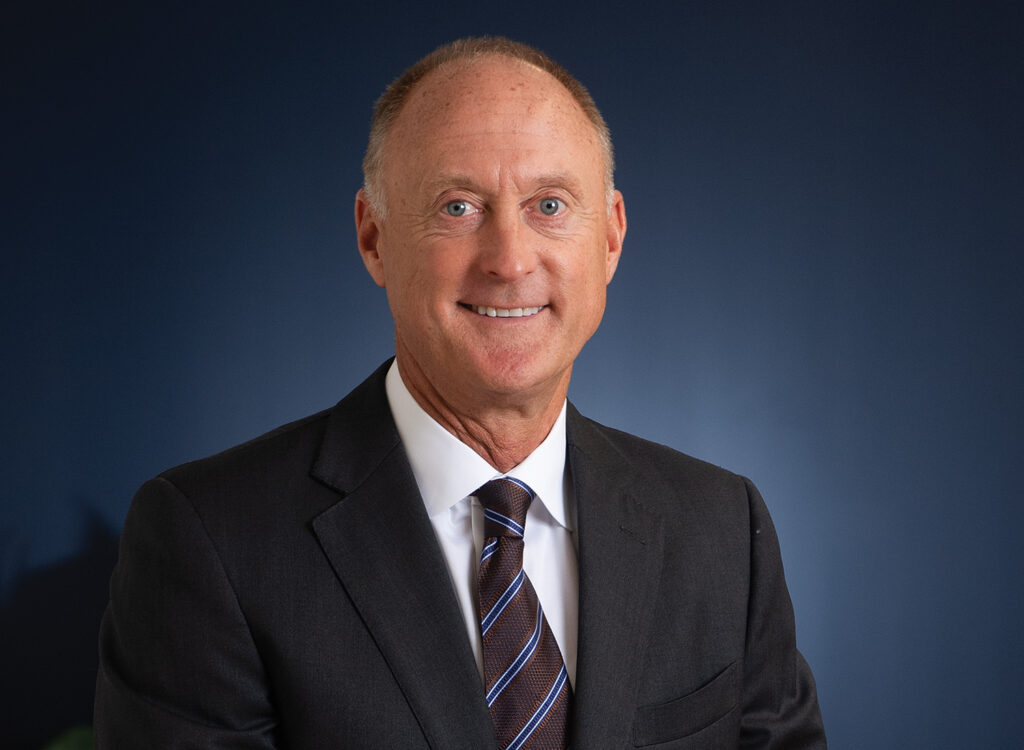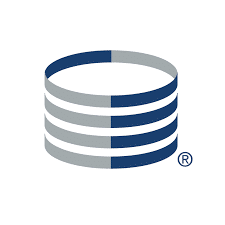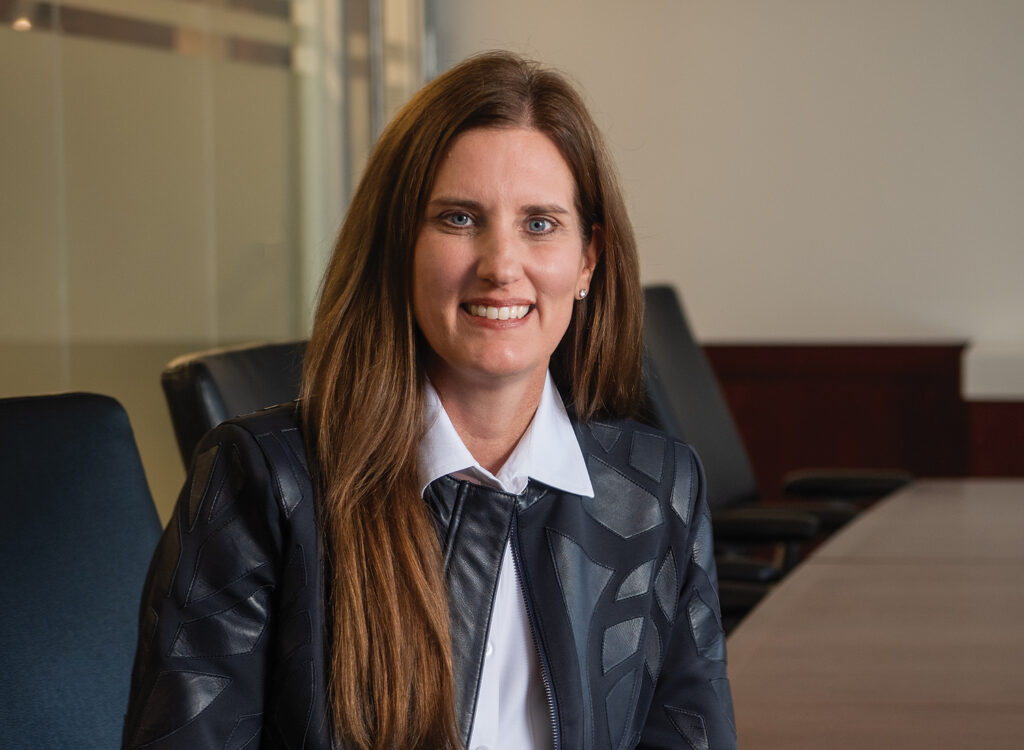Iowa banks intensify their connections with fintechs

JOE GARDYASZ Jan 11, 2022 | 10:48 pm
10 min read time
2,454 wordsBanking and Finance, Business Record Insider
As a key leader of several successful financial technology companies, Ryan Hildebrand has pioneered fintech platforms that are now used by leading banks across the United States as well as Europe.
Last fall, Lincoln Savings Bank recruited Hildebrand to join the Cedar Falls-based bank to lead its fintech partnership group, known as LSBX Financial Technologies, and serve in a newly created role as strategic innovation officer for Lincoln Savings. With years of both banking and fintech experience, Hildebrand aims to build strong connections between fintech banking and community banking — two formerly separate technology worlds that are increasingly building partnerships and together launching new innovative products.
Hildebrand, who has an accounting degree from Oregon State University and began his career as an auditor for PriceWaterhouseCoopers, most recently was senior vice president of fintech banking for Cross River Bank, a New Jersey-based bank that has been a leading adopter of fintech innovation.
He joined Cross River in 2019 when the bank acquired Seed, the digital banking fintech company that he co-founded. With Lincoln Savings, he will work remotely from his 75-acre ranch that’s located about 30 minutes from Portland, Ore., with frequent visits to Iowa. To support its continuing growth in fintech and digital banking, Lincoln Savings recently hired a chief risk officer, as well as a new product manager for digital banking, who will work remotely from New York and New Jersey, respectively. Hildebrand has an Iowa-based team of about 10 people who work directly for him, with additional hiring planned.
From his experience as an entrepreneur and then working for an innovative bank, he said speed is what makes for an effective fintech partnership.
“I think it’s really the ability to move fast,” Hildebrand said. “I think fintechs move so fast, and they need partners to be able to move fast with them, and I think that’s really the opportunity.”
At Cross River, Hildebrand cultivated partnerships with popular fintech platforms, among them Coinbase, Affirm, Stripe and Plaid. Lincoln Savings Bank already has some existing fintech partnerships with Qapital, Acorns and M1 Finance.
“There are still lots of opportunities to be a great partner to fintechs out there,” Hildebrand said. “When Lincoln Savings and Cross River got into this fintech partnership business, there were probably 10 [active partnerships around the country]. Now there are probably 75 to 100 that are really playing it, and you’ve got to imagine that it’s going to double or triple in the future. So I think the way these partner banks can do well is really build the foundation, to build a solid risk, compliance and operational process to be able to move quickly with fintechs.”
Lincoln Savings Bank’s digital transformation journey is similar to the path being taken by banks and credit unions across the country and in Iowa, said Ron Shevlin, a banking management consultant in Boston and director of research with Cornerstone Advisors in Scottsdale, Ariz. Shevlin spoke earlier this year during the Iowa Bankers Association annual conference.
For a number of years, he has conducted a national survey of bank and credit union executives for an annual “What’s Going On in Banking” report that includes data on digital transformation and the emerging world of fintech partnerships.
“For the past couple years, I’ve asked that question, and the percentage of banks who say that they have a digital transformation strategy or initiative or platform is absolutely huge,” Shevlin said. “It’s close to 9 out of 10 banks that say they have something, but it’s all over the map in terms of what they actually do. Under that banner, for many of them, it truly is about digitizing business processes, and client interfaces and things like that. But for others, it’s treated more culturally — that they want more of a digital mindset.”
When asked specifically whether they have partnered with fintech startups, roughly half (48%) of banks and about 4 in 10 (42%) of credit unions say they have entered partnerships over the past three years, according to Shevlin’s most recent survey, the 2021 outlook published in January 2021.
“I think it’s important for banks to understand there are different types of fintech partnerships,” Shevlin said. “There are those that help the bank improve internal capabilities and processes. So banks often say yes, they’re partnering with fintechs for digital accounting. In some
respects, it’s a total misnomer. They use the term partnership, but it’s really a vendor relationship.”
The second type of partnership is when banks integrate a fintech company’s products into their own platforms. “We’re seeing this a lot more with banks who are turning to companies that provide, let’s say, data breach and identity protection services that will be integrated into the mobile banking platform, or services that help consumers manage all the subscriptions that they have, or even manage things like cellphone damage, protection and other things.”
Increasingly, there’s a third type of partnership often referred to as banking as a service, where nonbank companies such as Chime are partnering with banks, which have the banking license, compliance services and technology that are needed.
“This is really a growing area from a partnership perspective,” Shevlin said. “I have a report coming out next month that basically says that a midsize bank could generate about $50 million in revenue on an annual basis from providing these kinds of services. And if you’re a $1 billion to $5 billion asset bank, that’s nothing to sneeze at.”
Neither the Iowa Division of Banking nor the Iowa Bankers Association had state-specific data on fintech partnership trends in Iowa, but the Business Record reached out to some additional bankers for their perspectives.
Don Coffin, CEO and president of Bankers Trust in Des Moines, said his bank has “invested significantly” over the last few years in technology, both in digital banking tools for customers and in internal solutions, with plans to continue those investments into 2022 and beyond.
“For example, on the commercial and treasury side, we are in the process of implementing a new digital commercial loan serving tool and upgrading our customer onboarding platform,” he said. “Our consumer team rolled out a new digital budgeting tool earlier in 2021, and next year will enhance the online account opening experience and launch a new digital person-to-person payment feature. And we continuously make upgrades to our internet and mobile banking platforms.”
Because Bankers Trust covers a wide range of financial needs, from retail checking and savings accounts to large commercial loans to complex wealth planning, the bank takes a decentralized approach to innovation, Coffin noted.
“This empowers individual departments to find and implement solutions that make sense for their business lines,” he said. “We’ve seen great success in this approach with how teams are finding ways to streamline processes, improve customer experience and enhance our offerings through technology, new products and more.”
Another Iowa-based bank, MidWestOne Bank, has tentative plans to add a new chief innovation officer position within the next year, said MidwestOne’s chief information officer, John Henk. Based in Iowa City, MidWestOne has 60 locations across Iowa, Minnesota, Wisconsin, Colorado and Florida.
“In terms of a concerted effort toward digitization, we’ve had a defined effort that’s been put together for probably the last three or four years,” Henk said. “Part of my role is our customer-facing technology, but also our infrastructure and all the components that go into that ability to keep us up and operational. That’s a very different skill area, so we are probably looking at breaking that out so we have a position focusing just on [customer-facing technology].”
MidWestOne has had a fintech committee made up of senior officers who are focused on monitoring trends and changes in the regulatory
environment regarding technology. With that, the bank has probably 13 technology initiatives that are either in the implementation stage or the evaluation stage, “so there’s quite a bit that’s on our road map,” Henk said.
One of the most significant initiatives involves a partnership with a fintech company to build an artificial intelligence-powered sales lead and prospect tool, he said. “The goal of that is to really provide real-time information on sales leads and opportunities that we can utilize at the point of contact with a customer to meet their needs. That isn’t pushing product as much as it is using data that we currently have on hand to offer solutions that are going to benefit the customer.”
Another important fintech connection for MidWestOne is its role as a funding partner with NYCA Partners, a New York City-based venture capital firm. “They invest in companies where technology is really a competitive distinction,” Henk said. “That helps us by leveraging the expertise of their limited-partner advisers to help identify solutions and identify potential companies that we could partner with. We just got started with it this year and are just getting it kicked off, but we feel based on the meetings we’ve been involved with that it will really help us enhance our technology road map.”
Keeping up with such a wide array of emerging technologies is “really drinking from a fire hose,” Henk said. “There are so many different options out there, and of course, resources are limited,” he said. “We’re trying to be as targeted as we can and focus on those things that, No. 1, improve customer experience, and also improve efficiency and allow us to make better decisions. That’s what we’re trying to balance as we look at the opportunities out there.”
Shevlin, the Cornerstone Advisors consultant, said changes in consumer behavior driven by the pandemic didn’t necessarily accelerate the pace of digital transformation efforts by banks.
From his perspective, it certainly accelerated digital adoption by over-50 consumers who previously weren’t large users of mobile banking. Digital adoption by baby boomers has doubled from about 30% to upwards of 60% during the pandemic. “So that’s huge, and that’s not going away at all,” he said. “People get used to the tools.”
The research that Shevlin has done on banking customer preferences for handling various types of interactions, such as resolving a disputed fee or reporting potential fraudulent activity, shows that customers really have no channel preferences.
“What they prefer to do is get the job done in the easiest way possible at that particular point in time,” he said. “So if they’re walking down the street during the day and they see the branch is empty and they realize they had a question, they’ll go in. There’s no line, they’re right there. But if it’s 11 at night and they realize, ‘I forgot to do this transaction,’ I’m going to log into my account and do it that way. So banks are wrestling not just with digitization, but also with the proliferation of contact points that consumers can have.”
While most financial institutions begin their digital transformation and fintech journey on the consumer side of the business, there are significant opportunities ahead on the commercial side. Lincoln Savings Bank’s Hildebrand said he views consumer banking as the first wave in fintech partnerships.
“I think there’s a huge opportunity on the business banking and commercial side,” he said. “Lincoln Savings, while it does have a retail presence, has been a commercial bank for the last 120 years, so that’s also where the opportunity lies in the future from the fintech perspective.
Q&A with Don Coffin
President and CEO of Bankers Trust
We asked Bankers Trust President and CEO Don Coffin for his thoughts about how banking technology advances are shaping the industry and the operations at Bankers Trust. Here are excerpts from responses that he provided by email.
To what extent has the pandemic affected the direction and intensity of tech investments?
The pandemic reiterated the importance of putting customers first and adapting as best as possible to serve their needs. We conducted customer focus groups earlier this year directly from our customers on their banking habits and technology preferences. Many retail banking customers increased their use of banking technology such as mobile deposits and online bill pay due to and during the pandemic. Our research showed that many of our customers who started using these digital banking tools during the pandemic will continue, and others have already returned to banking in person. So it’s a balance of ensuring we offer digital banking tools that are easy and convenient to use and continuing to provide the excellent in-person service we’re known for.
On the treasury side, we saw double-digit growth in customers using electronic payments in the last year and we know this will continue in 2022. We invest in technology that helps ensure businesses’ payments are made securely and on time, which we did before the pandemic as well. However, I do believe the pandemic accelerated how we have scaled our back-end processes to coincide with this growth.
What types of banking technology advances have been the most significant in the past two or three years, and what are you most excited about on the horizon?
The most significant types of banking technology advances are those that enhance a customer’s banking experience, those that make it easier or more convenient to handle a customer’s banking needs whenever and wherever they are. It’s more than one or two things that have been the most significant or exciting; it’s a lot of small things that add up when you put them together. Anything that makes banking easier – whether that’s for a consumer or commercial customer – that’s what is most impactful.
Is the bank developing its own technology solutions, partnering with fintech strategic partners, or both? Are fintechs’ applications collaborating with banks more than they are competing with them?
Both. Because we regularly seek input from our customers regarding the types of banking technology they’re interested in, we can proactively evaluate our options for finding the right solution. Much of the time we work with strategic partners to leverage existing products. However, our technology team also works to ensure that the bank has a technology architecture that enables us to plug and play with these partners and other vendor tools.
As for collaboration versus competition, I think it depends on the company. Some fintechs are created in response to consumer frustration and their purpose is to compete with financial institutions. Others are created out of similar pain points, but have been developed specifically to offer their services to banks. With the latter, consumers win all around because they get the benefits of an innovative solution and the stability of an established financial institution.










